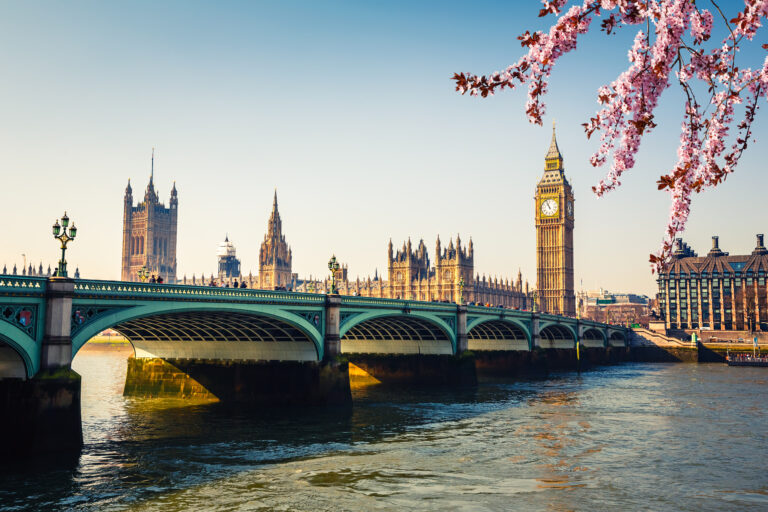
Connor MacDonald
Head of Economics and Social Policy (2022-2023)
Judging by the response yesterday, much of Westminster was surprised at the scale and design of the Chancellor’s cost-of-living support intervention. In political terms, the initial signs are that the Chancellor got it right.
£15 billion was announced yesterday, on top of the £22 billion announced in January, meaning the total cost-of-living intervention amounts to £37 billion, an extraordinary intervention amounting to about 1.6% of GDP.
Moreover, after suffering weeks of criticism, the announced measures were remarkably redistributive. The poorest households will receive potentially the largest increase, amounting to about £1,200. welfare payment. As Stuart Adam at the IFS has pointed out, a low-income, disabled pensioner could receive up to £1,800 under these measures and the measures announced earlier in the year. The Treasury estimates that the poorest households are being supported to nearly 10% of their income.
The Chancellor has also stolen progressive clothes by putting forward a windfall tax – bigger even than that proposed by the Labour Party. While the Treasury claims that the expanded investment allowance accompanying the scheme will mean that investment in not deterred, this is extremely optimistic, especially since the windfall tax is multi-year, rather than a one-off tax on high profits.
However, while this may be a political victory, by no means should the Chancellor be complacent. These measures are fundamentally palliative and short-term – they will not solve problems in the labour market, the energy supply shock, nor China’s economic slowdown – a slowdown so marked that for the first time since 1976 it may grow more slowly than the United States.
The Bank of England has also signalled, and the markets expect, that it will raise rates in the coming months, to drive down soaring 9% inflation. It should be noted that other central banks have been more aggressive still – the Federal Reserve had its biggest rate rise in 22 years, and has signalled three more .5% increases in the coming months.
To get a sense of the complexity of the current economic problem, consider the labour market. The latest ONS figures show that the unemployment rate has fallen. For the first time since records began, there are fewer unemployed people than job vacancies. However, because of inflation, and the scale of the cost-of-living crisis, regular pay fell 1.2%. In other words, at a time when the labour market is extremely tight, basic pay is still falling because of inflation. Consumer confidence is now at the lowest point it’s been since 1974.
On top of this, businesses in the UK are not subject to the energy price cap, and were not targeted for support in this statement. This should be an area where the Chancellor focuses measures in the Autumn Budget.
Most importantly, if anyone at Treasury is hoping that through this statement is a panacea for the cost-of-living crisis, they are almost certainly mistaken. The UK now has the highest inflation in the G7, and it will take significant economic pain to get it down. This will almost certainly translate into higher interest rates, slower growth, and, as my colleague and Policy Exchange Senior Fellow Dr Gerard Lyons has written, a likely recession.
The Treasury should accept that its fiscal targets may pose too much of a constraint on good economic management. The OBR forecast in the Spring that the Chancellor had about a £31.6 billion margin to balance the current budget in 2024-25. The announcement this week may cut this in half, and that’s before we factor in the deteriorating economic circumstances leading up to the Autumn budget.
The Chancellor and the Treasury should accept that constricting both monetary and fiscal policy at the moment will only lead to worse economic outcomes, as Dr Lyons has so eloquently put it. Fiscal policy can be an extremely effective tool, and it should be used accordingly.

